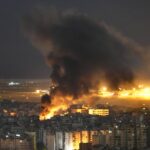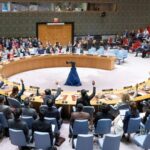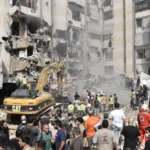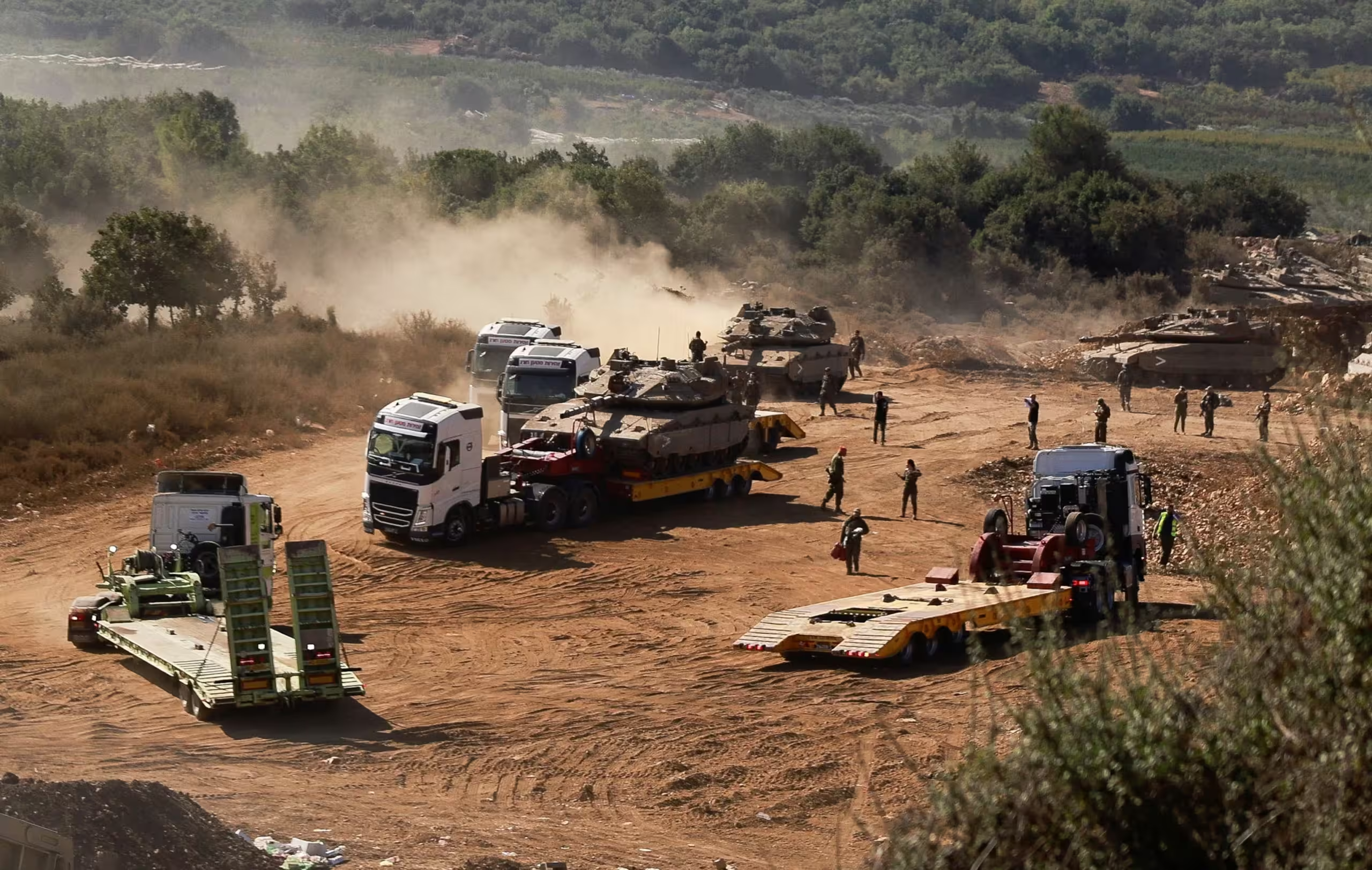Destruction in ancient towns
The pictures reveal that border cities in southern Lebanon have had to bear the total weight of this, and it is now into its thirteenth day of fighting between Israel and Hezbollah. Several villages that were around for hundreds of years with their ancient homes were absolutely flattened and nearly unidentifiable from the mass bombs dropped in these widespread bombing attacks. According to a review by Planet Labs Inc., this is the destruction from the strikes from multiple sorties down several key locations like Meiss al-Jabal and Kfarkela due to their front-row position directly over Israel.
Displaced People
The destruction has razed once-thriving towns, as they have seen more than 3,200 Israeli attacks this year alone. Lebanon’s disaster risk management agency reports that nearly 1.2 million people were displaced and more than 2,600 lives were lost, the majority in recent weeks. According to the Israeli military, the activities are meant to eliminate Hezbollah’s strongholds and military resources in civilian areas. Hezbollah has rejected the use of residential buildings for military purposes. The Israeli Defense Forces said they were targeting villages strategically located, thus freeing up ground forces from Hezbollah’s ambushes.
Broader Implications
The affected civilians have highlighted a much broader implication: the implication of strategic concerns. Just last week, a cultural treasure in Odaisseh-the house of deceased Lebanese artist Abdel-Hamid Baalbaki-was reduced to rubble. “It is the loss of something very precious. It is a family thing,” said Lubnan Baalbaki, whose father’s art house harbored priceless art pieces and literature. Baalbaki noted that the family had no connection with Hezbollah in any way, pointing to the attempt to completely efface any trace of life by destroying his father’s art house.
Unabated Israeli Airstrikes
According to Jon Alterman of CSIS, Israel is drawing up a strategy and will practically implement it. Experts aver that it is meant to make a buffer zone along its northern frontier. But as the airstrikes by Israel continue unabated, many fear that the growing violence may bring Lebanon and Israel into an even more profound conflict at the cost of thousands of lives on both sides of the border.
Conclusion
Despite the strategic intentions that these attacks serve to Israeli states, the devastation it had on Lebanon has destroyed lasting scars on cultural heritages and uprooted communities. For most, the loss of such beautiful historic villages, arts and culture centers, family houses, and everything around reflects a way of life no longer in sight but faces a threat. In many countries, regional and international viewers warn that increased acts are likely to cause severe problems in the entire region and even in the world as a whole in case of further escalations in the conflict between Lebanon and Israel. Each is highly pressed to break a situation away from continuing to devastate each other.















